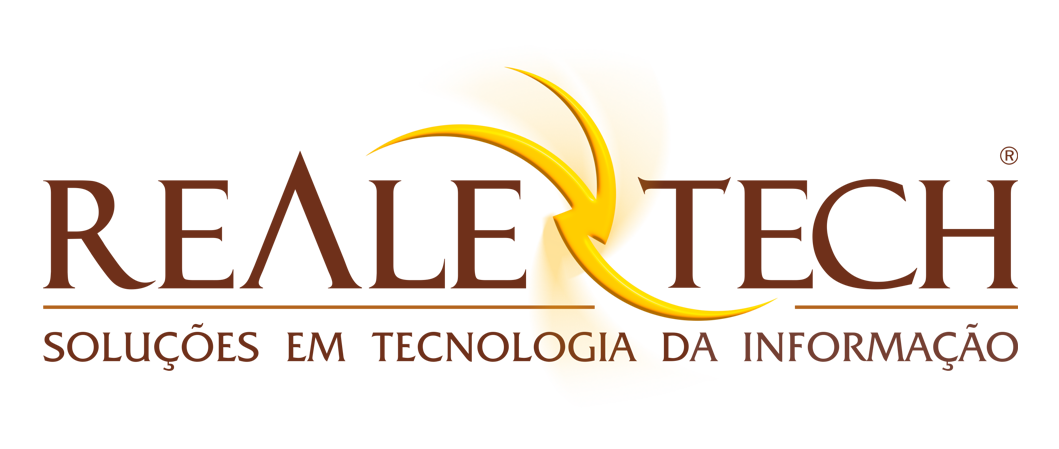-
The Ultimate Guide to Mines Stake – Strategies and Tips for Success
-
Understanding the Basics of Mines Stake
-
Understanding Mines Stake Mechanics
-
Types of Deposits: Choose the Right One for You
-
Maximizing Your Mining Potential
-
Key Factors Influencing Mining Profitability
The Ultimate Guide to Mines Stake – Strategies and Tips for Success
Navigating the landscape of virtual assets requires an astute understanding of the mechanics behind resource allocation. Many enthusiasts enter with eagerness mines game online but leave empty-handed due to a lack of knowledge. This exploration aims to equip players with distinctive methods to optimize their endeavors.
Building wealth in this digital realm hinges on recognizing patterns, timing interventions effectively, and employing well-thought-out maneuvers. Without a coherent plan, even the most exciting adventures can lead to missed opportunities and substantial losses. It’s essential to dissect various components of the game, such as understanding the market dynamics and the psychology of competition, to stay ahead.
Success is not merely a matter of luck; it involves a combination of analytical skills and a strategic mindset. The following sections will delve deep into actionable techniques, detailed assessments of risk factors, and practical observations from seasoned investors. Equip yourself with knowledge, refine your approach, and elevate your performance in this competitive arena.
Understanding the Basics of Mines Stake
Comprehending fundamentals is crucial for anyone venturing into this gaming realm. One deliberate approach involves balancing risk and reward effectively. Players must familiarize themselves with game mechanics, especially how resources are structured and how rounds unfold.
Each round presents a grid filled with hidden elements. Players have to choose wisely where to navigate, avoiding potential pitfalls. Identifying patterns can enhance decision-making; thus, paying attention to previous rounds could yield insights into uncovering safe spots.
Resource management proves essential. Allocate resources based on personal comfort levels. Setting a budget is vital to avoid depleting funds rapidly. Start modestly to gauge risk tolerance before committing larger sums. Establishing limits instills discipline and mitigates losses.
Engaging with the community amplifies understanding. Joining forums or social media groups fosters discussion that can lead to the exchange of valuable insights. Observing others’ experiences can shed light on successful tactics and common mistakes.
Time investment is another pillar. Frequent play allows for better mastery of the game. Recognizing trends and refining approaches occurs with practice. Dedication leads to improved performances over time.
Lastly, maintaining an analytical mindset enhances outcomes. Documenting results aids in assessing which decisions yield the best standings. Reflection on both outcomes and methodology fosters growth and sharper foresight in future rounds.
Understanding Mines Stake Mechanics
Mines stake represents a gaming concept where players engage in virtual games involving risk and reward based on an underlying mechanic. In this setup, participants usually select from a grid of hidden elements, risking virtual tokens to uncover valuable assets while avoiding pitfalls.
At its core, the mechanism operates on a random number generator (RNG) that establishes the positioning of rewards and dangers. Each selection made by a player can lead to either a successful uncovering or immediate loss, heightening the thrilling nature of the experience. Players often find themselves balancing risk tolerance against potential rewards as they make decisions.
To facilitate effective participation, understanding the layout is crucial. Grids are commonly employed, with varied sizes affecting difficulty levels. Smaller grids may yield quick wins but can also present higher risks, while larger grids offer an opportunity for more strategic play with potentially more significant rewards.
Implementing a methodical approach is advantageous. Players should consider setting specific goals, such as aiming for a particular number of successful selections before stopping. Additionally, managing an allocated budget ensures sustainable play without leading to excessive losses. Observing patterns, although inherently unpredictable, might provide insights into better decision-making during turns.
Lastly, engaging with community forums or social groups can introduce various perspectives and highlight successful play styles. Sharing experiences and practices enables players to refine their approaches, enhancing overall performance. Regular practice, coupled with strategic thinking, can significantly improve outcomes in these high-stakes environments.
Types of Deposits: Choose the Right One for You
Understanding various types of deposits is essential for maximizing potential returns. Each type comes with distinct characteristics that influence risk and profit margins. Here’s a closer look at the primary categories you might encounter.
Hard Rock Deposits are often found in mountainous regions, requiring advanced techniques for extraction. They typically contain high-value minerals such as gold, silver, and copper. Investing in these can yield substantial profits but demands considerable capital and expertise in geological assessments and extraction methods.
Alluvial Deposits are located in riverbeds or floodplains. They consist of materials washed down from higher elevations, including valuable gemstones and metals. These deposits are generally easier to mine, making them attractive for small operators. However, competition can be intense, affecting profitability.
Open-Pit Operations involve removing layers of earth to access minerals located near the surface. This method is efficient for large-scale projects but involves significant initial investment and environmental considerations. Research local regulations to ensure compliance and evaluate long-term sustainability.
Underground Mines delve deeper into the earth, accessing deposits that surface methods cannot reach. This approach often leads to higher recovery rates but entails greater risks, including potential hazards for workers. Ensure your choice aligns with safety standards and technological capabilities.
Submarine Mining targets resources at the ocean floor, such as polymetallic nodules rich in rare metals. This relatively new frontier presents opportunities, although it faces legal and environmental challenges. Stay informed about technological advancements and international regulations governing ocean resources.
Selecting the right type of deposit requires assessing personal expertise, financial capacity, and risk appetite. Conduct thorough market research, and consider forming partnerships with experienced professionals to enhance your strategy before committing resources. Each choice involves specific limitations and advantages, making informed decision-making paramount for successful ventures.
Maximizing Your Mining Potential
To enhance your output in cryptocurrency extraction, it’s essential to employ effective methods and optimize resources. Below are key areas to focus on:
-
Hardware Investment:
Investing in high-performance equipment can significantly influence productivity. Consider models like ASIC miners for specific currencies, which offer superior efficiency compared to GPUs. Stay updated on the latest releases to ensure your setup remains competitive.
-
Energy Efficiency:
Electricity costs can erode profits. Explore options to utilize renewable energy sources. Solar panels or wind turbines can decrease operational expenses over time. Additionally, investigate local regulations and incentives for sustainable energy use.
-
Pool Selection:
Joining a mining pool can enhance earnings through collective hashing power. Research pool fees, payout structures, and overall reliability. Look for pools that align with your hashing capabilities and desired coins.
-
Optimal Settings:
Fine-tuning software configurations can yield better results. Adjust clock speeds, voltages, and fan settings to maximize performance while maintaining thermal limits. Use monitoring tools to track the profitability of these adjustments.
-
Market Timing:
Staying informed about market trends is crucial. Monitor price fluctuations and network difficulty changes. Timing your extraction can optimize profits, as selling during peak prices can increase returns.
-
Remote Management:
Implementing a remote management system allows you to oversee operations, ensuring uptime and making adjustments when necessary. Use software that provides real-time monitoring to address issues promptly.
-
Regular Maintenance:
Maintain equipment to prolong lifespan and efficiency. Clean dust from components, check for overheating, and replace worn parts as needed. Establish a schedule for routine checks to prevent downtime.
By focusing on these areas, miners can significantly improve their operational efficiency and maximize returns in the competitive landscape of cryptocurrency extraction.
Key Factors Influencing Mining Profitability
Several critical elements determine the profitability of cryptocurrency extraction. Understanding these aspects can significantly improve returns on investment.
Electricity Costs: Power consumption remains a primary expense. Locations with lower electricity rates are preferable. Assess local energy sources and consider renewable options that might offer reduced tariffs.
Hash Rate: This metric indicates mining power. Higher hash rates generally yield more rewards; however, hardware efficiency must be considered. Invest in advanced technologies that maximize outputs while minimizing energy use.
Mining Difficulty: As more miners join a network, the difficulty of extracting rewards increases. Monitor difficulty trends to choose the right times to increase or decrease mining operations. Adjusting strategies based on market fluctuations can optimize revenue.
Coin Value: The market price of the mined cryptocurrency has a direct impact on profitability. Analyze historical price data and predict market trends using a comprehensive approach, incorporating technical analysis and market news.
Hardware Selection: The choice of mining equipment is pivotal. ASIC miners often outperform GPUs in specific networks. Evaluate equipment specifications in relation to power consumption and potential yield to ensure maximum efficiency.
Network Fees: Transaction fees can affect earnings. Choose cryptocurrencies with favorable fee structures. Optimize the timing of transactions to minimize costs associated with network congestion.
Pools vs Solo Mining: Participating in mining pools can provide more consistent payouts than solo extraction due to shared resources. However, consider the fees associated with pools against potential revenue when making this decision.
Market Conditions: Stay informed about the broader market landscape. Global events, regulatory changes, and technological advancements can all lead to volatility. Adapting swiftly to these fluctuations is essential for sustaining profitability.
Hardware Overhead: Maintenance costs of mining rigs can accumulate quickly. Regularly assess the operational condition of your equipment to avoid unplanned expenses that erode profits.
Incorporating these factors into a coherent management approach can create significant advantages in the pursuit of higher returns in the mining sector.

